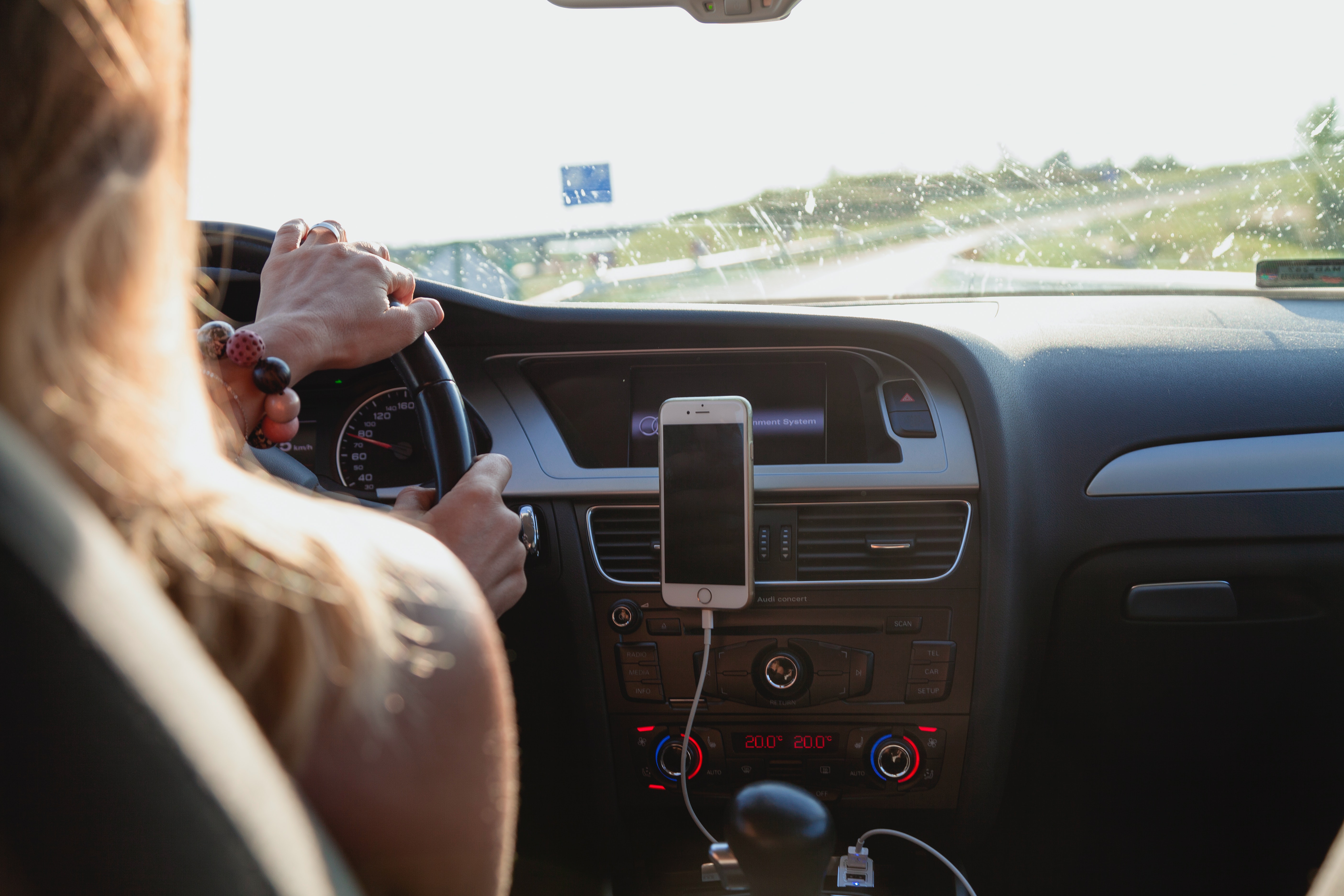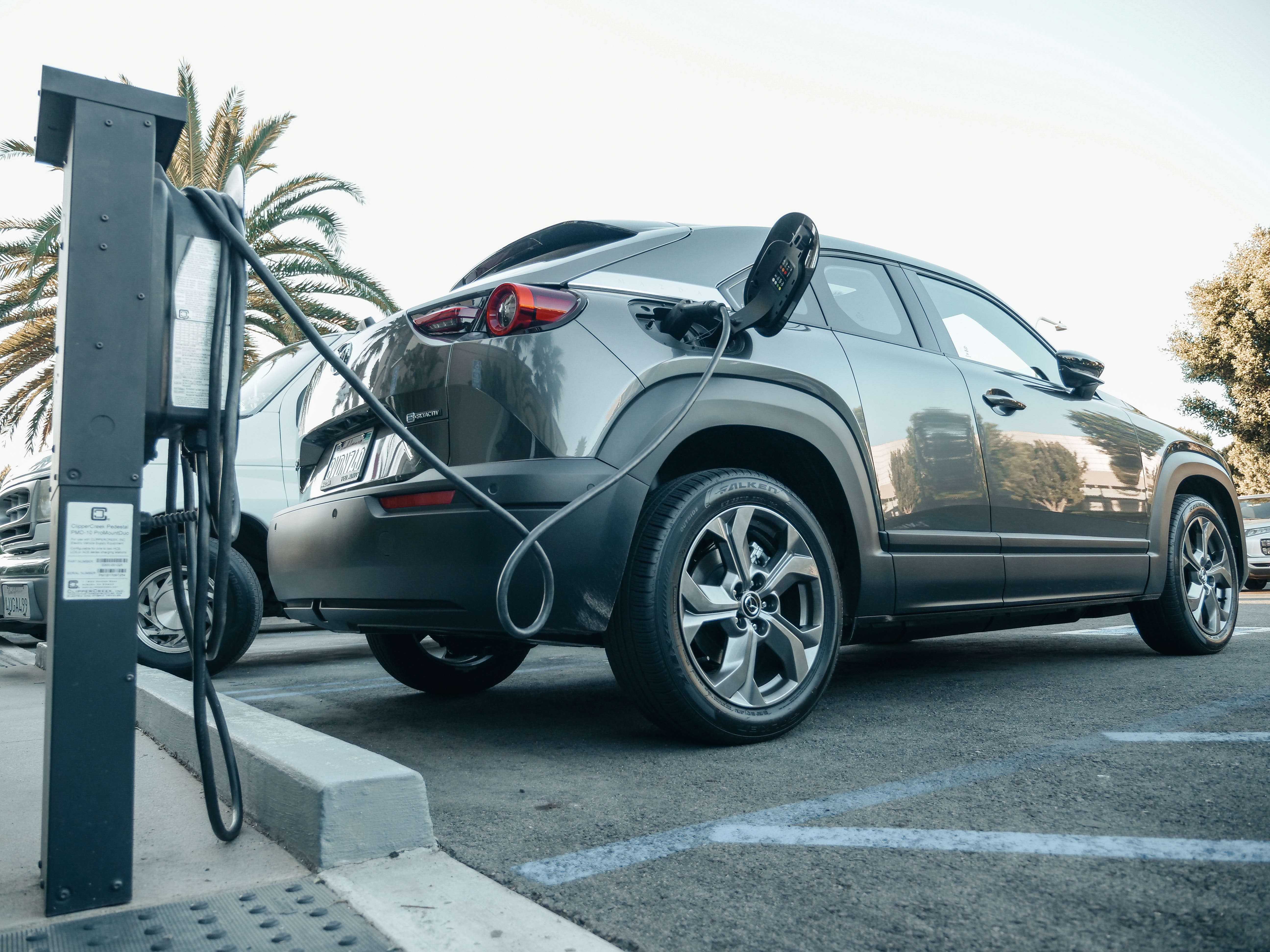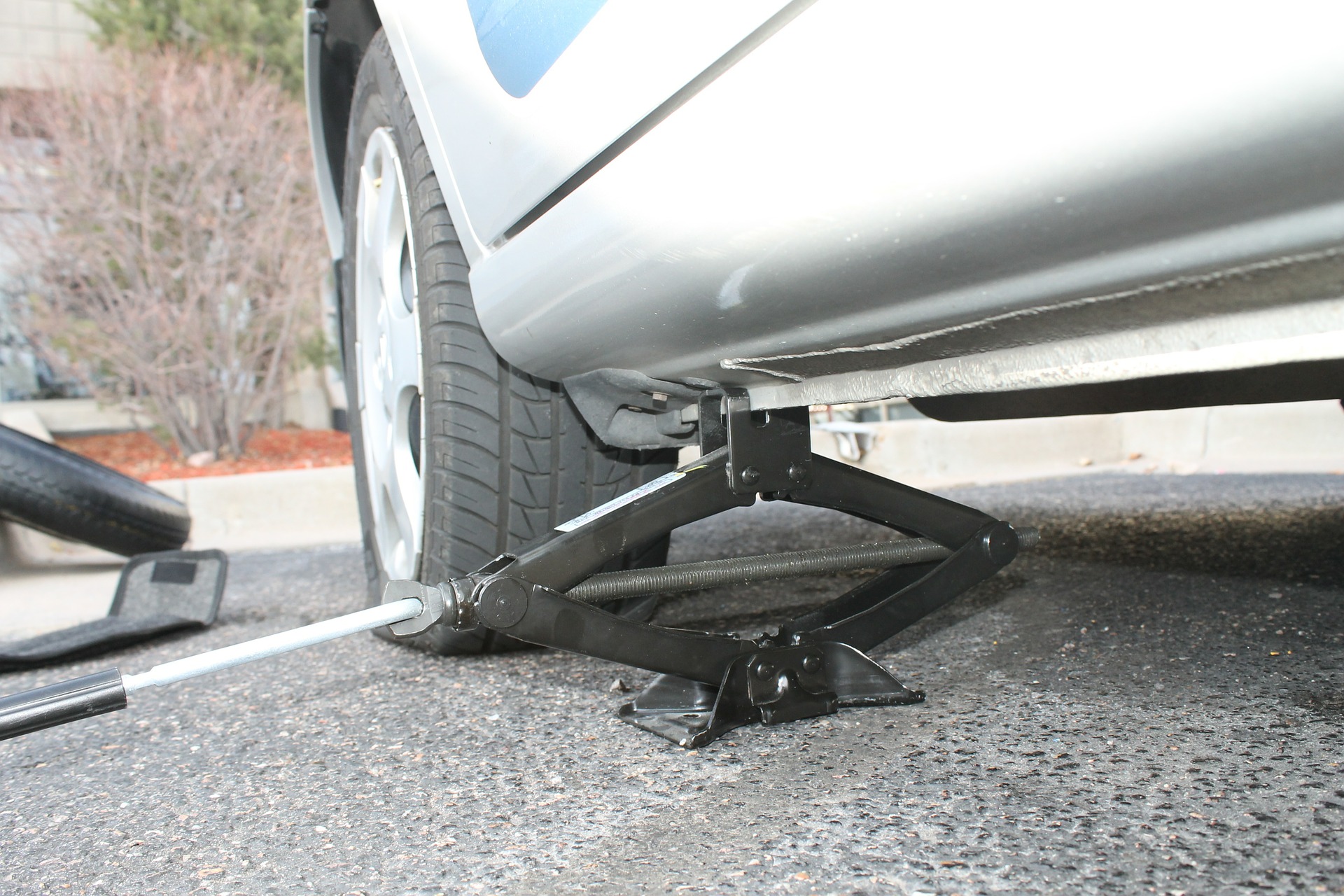Summer is upon us, and so is the toll that hot sun can take on your car. Winter isn’t the only season that is hard on vehicles. Road trips are wonderful, but the last thing you want is to be stranded on the side of the road with an overheated engine.
Here’s what you need to know – including steps for extending the life and health of your vehicle that can last beyond the summer months.
Routine Maintenance: Prepare for Warm Weather Auto Care
In the warmer months, it’s especially important to keep an eye on the dashboard gauge for signs of rising internal temperatures. And routine maintenance doesn’t have to break the bank, particularly if you take simple measures before a problem occurs. Have the battery checked to protect your vehicle from extreme temperatures that can take a toll on the life of a battery.
And don’t neglect your tires. The hot pavement is hard on worn treads, so rotate or change the tires as needed. (You’ll still want a spare in the trunk in case of tire trouble.)
Here are some other areas to check (or have checked by a pro) to avoid potential problems on the road:
- Oil level
- Thermostat
- Coolant system
- Water pump
- Radiator
- Belt and hose
Protect Both the Exterior and Interior
Drivers who live in the South know just how much that sun and heat can cause wear and tear on both the interior and exterior of a vehicle. The interior fades and cracks – especially leather. The paint begins to fade and age, lowering the resale value down the road. Here are four steps to protect the surfaces inside and out against the heat this summer:
- Consider installing a windshield sun protector before parking in the sun.
- Be sure to wash (and dry) your car to remove dirt, salt and other particles from the surface that can damage and age the exterior.
- A hot wax service at the drive-through will extend the protection by locking in oils that help protect your car from sun damage.
- Finally, a low-gloss detailing product may be worth it to protect the dash and reduce glare.
Additional Steps to Protect Your Car in Summer
In addition to following your routine maintenance schedule, there are many simple steps drivers can take to protect their car all summer long.
- Check Your Tires – Did you know that heat causes tire pressure to increase? In addition to making sure your tires are up for the trip, checking your tire pressure is always a good rule to follow – especially before taking long drives in hot weather.
- Park in the Shade – Avoid parking in the sun when possible. Your passengers will thank you! So will your car seats, steering wheel and dashboard, which can heat up to 150 degrees and higher if left to bake while you’re in an air-conditioned building. Take an extra minute to find a space that offers at least some protection. Then leave a window partially open so you can return to conditions that aren’t scalding on your hands and legs.
- Don’t Neglect the Seats – Leather seats are one of the draws of a luxury vehicle, but they are also prone to aging, drying and cracking from exposure to the sun and heat. Applying leather conditioner regularly will protect both leather and fabric interiors alike and help keep the seats cool in hotter months.
Ask Your Auto Insurer About Roadside Assistance and Other Road Trip Protections
Does your auto insurance plan include out-of-state roadside assistance? A malfunctioning cooling system and other issues can cause a car engine to overheat. Even if your vehicle is in tip-top condition, be sure you have a plan of action before embarking on any road trips or lengthy drives. Not only can doing so save you time and money, but it will provide an extra level of safety when away from home.
Finally, every family should have liability insurance that ensures all drivers are protected. Consult your insurer about liability coverage if anyone else will be driving your car (or vice versa) – and ask about adding any uninsured drivers to your policy.
To find an excellent insurance plan that covers all your summer needs, contact Amigo Insurance today. Our agents are ready to help you compare quotes and find the best deal for your needs!











